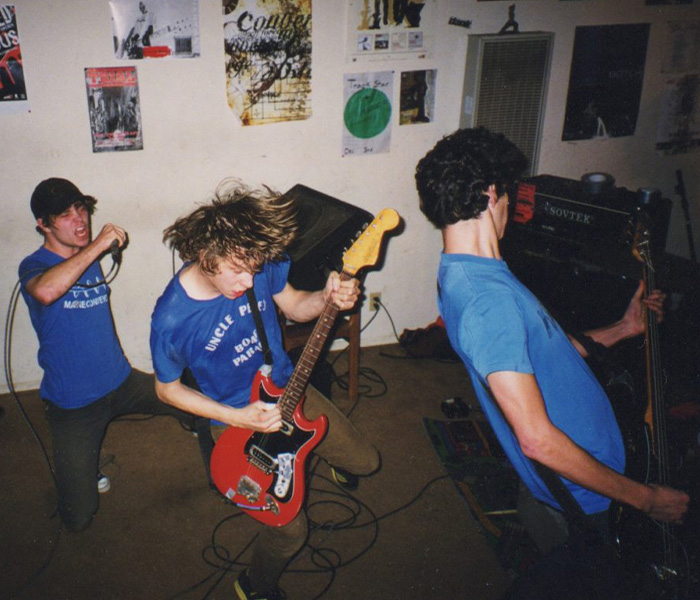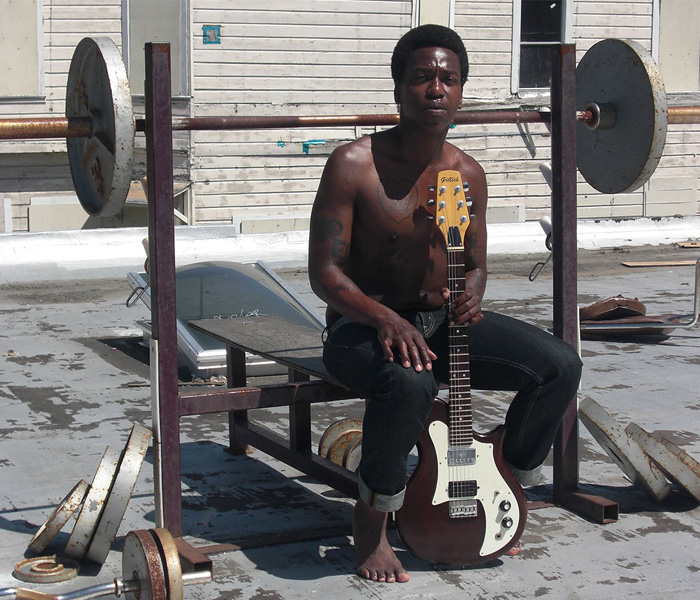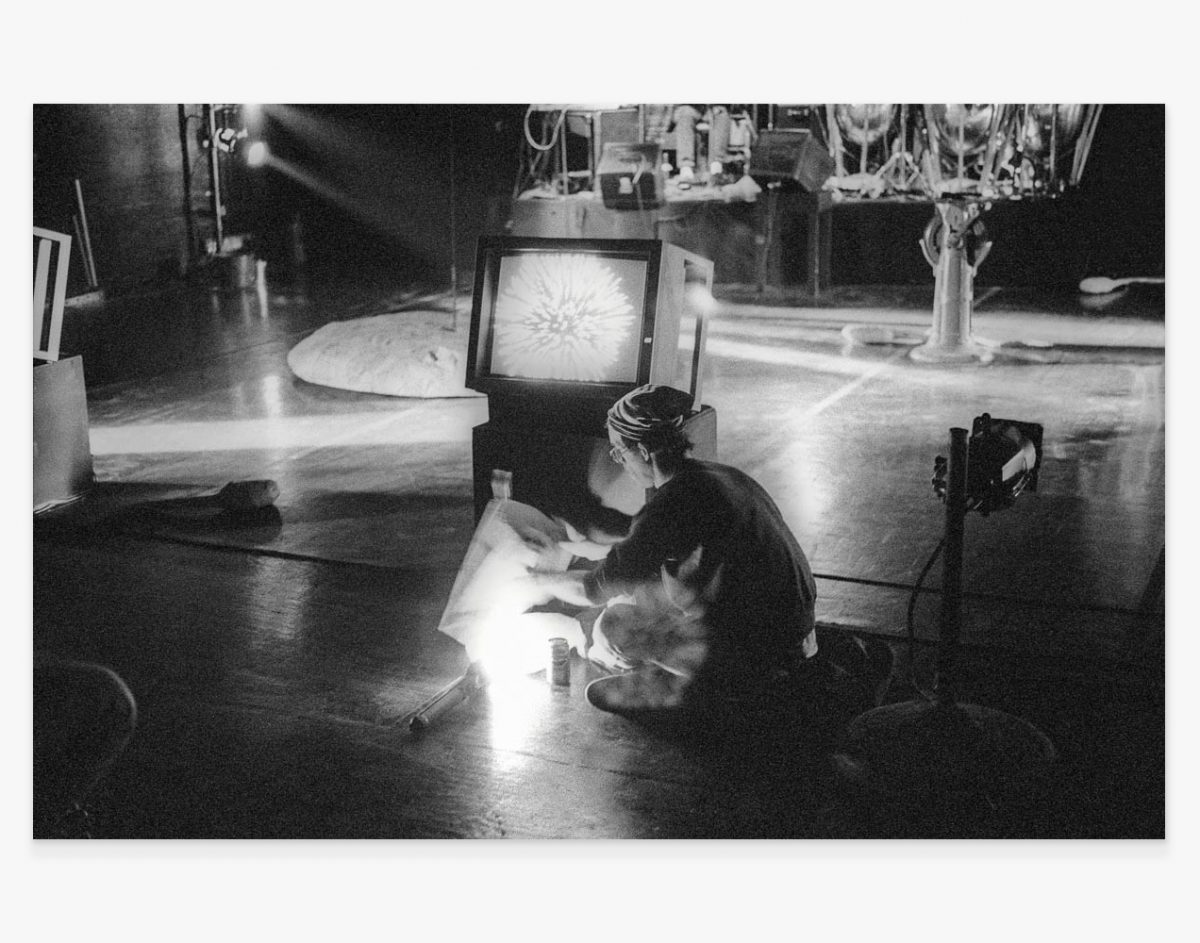BLACK DICE
Over the past two decades, Black Dice have maintained a perverse dedication to uneasy, deeply vivid sound that touches upon conventions of hardcore punk, electronic dance, and noise music, but remains entirely their own. First encounters with the band are contentious, deliberately unstable, leading Dan Fox to describe it as “a music of acclimatization” in a 2003 Frieze Magazine profile, going on to say, “Black Dice are not a band you would choose to listen to if you were feeling even remotely fragile.” Listeners that push through this challenge find themselves deeply rewarded, and the band’s visionary structure and presence has affected countless artists. Noah Lennox of Animal Collective once stated, “I modeled the way I approach everything with the band watching the way Black Dice did it.”
For this review, Know Wave takes a close look at the very beginnings of Black Dice, spanning 1997-2000. This chapter of the band is best remembered for their furious, barely controlled live performances, which sent members of the band and the audience to emergency rooms. Their squalling, thrash-influenced sound will come as a surprise to listeners only acquainted with their more recent records, and critical discussion of this era often associate the screaming and feedback with adolescent rage. A present-day reflection on this era reveals the foundation of the antagonistic brilliance that has served the band for twenty years. Told through new interviews, archival footage, show posters, photographs, and the band’s own notebooks, we reconsider the impact of the deeply creative and deeply divisive beginnings of Black Dice.
ExploreBRONTEZ PURNELL / THE YOUNGER LOVERS
The Younger Lovers are a musical group led by author, choreographer, filmmaker and artist Brontez Purnell, who sings of himself: “Got all this love inside to give/I rock a one man punk band too.” Their songs are catchy, persistent, and breathless. They share a singular focus and a peculiar logic, the result of Brontez playing every instrument on the record. As Brontez’s heart is unraveled across an LP, modern boys, shit-talkers, and charming singers all buzz and careen through the story, revealing the longing and vulnerability that mark the greatest love songs. Or as Brontez once described the band, “fucking Motown but on my terms.”
To mark the ten-year anniversary of The Younger Lovers debut, Know Wave is proud to present the second review in our new series, reexamining key moments and figures in cultural history. Archival videos, correspondence, and photos are presented alongside artworks by Brontez, all unpacked through new interviews with the artist and his collaborators and friends. Through our in-depth examination of this powerful LP, Know Wave highlights the genius of Newest Romantic and locates it within Brontez’s prolific maelstrom.
ExploreITSOFOMO: DAVID WOJNAROWICZ AND BEN NEILL
ITSOFOMO (In the Shadow of Forward Motion) is a collaboration between the artist David Wojnarowicz and the musician Ben Neill. Composed of voice, mutantrumpet, electronics, and percussion, the piece offers an unnerving, hour-long deluge, described by The Wire magazine in 1993 as “explosive, very current, awkwardly beautiful and upfront.” Since its 1989 debut, ITSOFOMO has taken several forms – a performance, a video installation, an audio recording, and a screening. On the occasion of a new audio edition of ITSOFOMO, Know Wave reviews the history of this brilliant collaboration through original photographs, production notes, and correspondence drawn from the last 30 years. Through new interviews and archival texts, we unravel the ideas behind the piece, the labor that went into it, and the reactions it provoked.
This archival review is the first in a new online series produced by Know Wave. Key moments and figures in cultural history are reexamined through a cataloging of ephemeral materials and documentation, supported by new interviews with the participants. Amplifying the foundational considerations of Know Wave – discover, explore, experience – these rundowns will spotlight legendary scenes, critical records, and unexpected influences on music and art.
Explore

